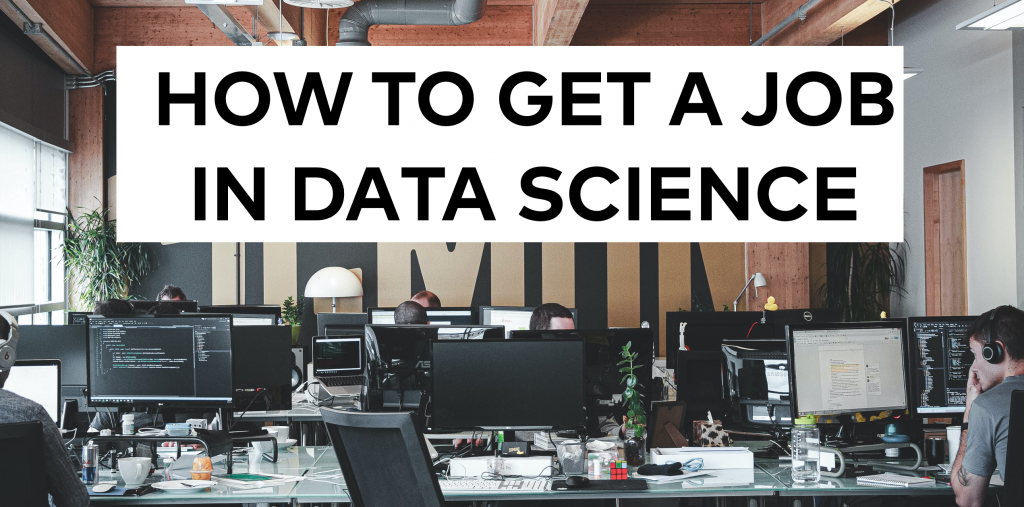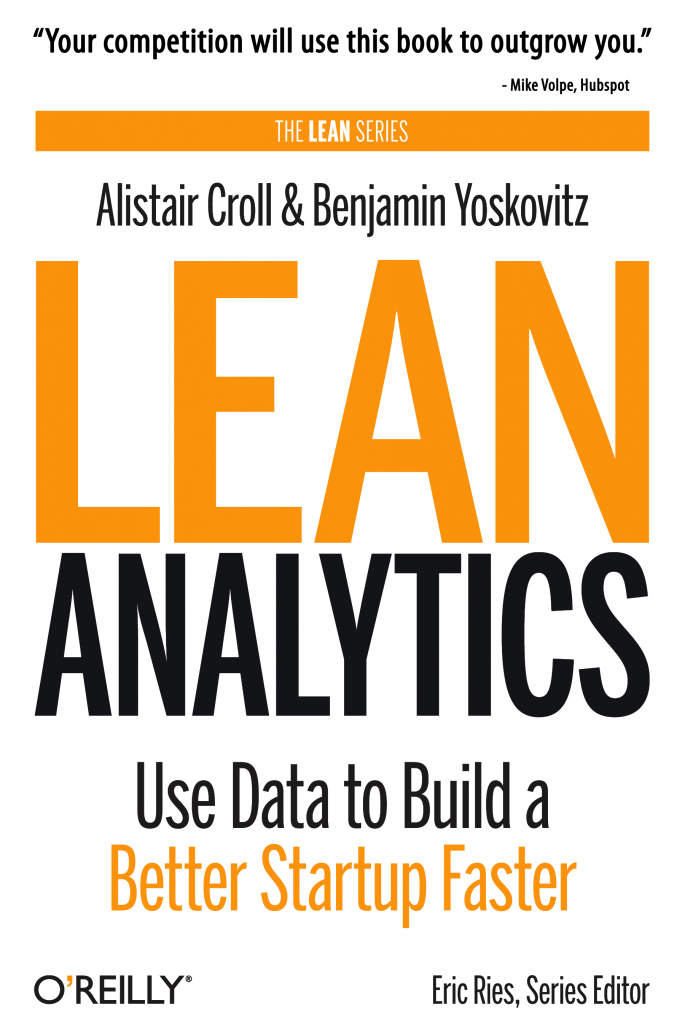Hello fellow job seekers! My name is Peter. About a year ago, I was in your shoes. I wanted one of those high-paying jobs in data science and analytics, but after sending application after application, I wasn’t getting that “you’re hired” call I wanted. So I changed my tactics and figured out how to get multiple offers from some of the biggest tech companies in the world.
You’re maybe thinking:
“Well, Peter probably had way more experience than me, or some fancy connections, etc., etc.”
That’s not true!
When I started applying:
- I was less than a year out of undergrad,
- I had zero connections, and
- I didn’t really know what data science was.
Instead, I figured out how to present the best possible version of myself to recruiters and hiring managers. And now, I get to answer interesting and challenging business questions with data every day.

The two problems (and your big opportunity) with data science and analytics jobs…
Through my own application experience (as well as evaluating and interviewing applicants interested in joining my company’s data science and analytics team) I’ve learned two, big, BIG things:
- The data science and analytics field is broken and confused. Since this is still a new and emerging field, recruiters and hiring managers are still trying to figure out what to look for and how to hire for these roles. This means that if you are able to present yourself as a technically-competent worker who can clearly present results to non-technical people, you will be more competitive than most applicants.
- Recruiters and hiring managers aren’t even sure what to call these positions. Most positions are some variation of data analyst, product analyst, data scientist, research analyst, quantitative analyst, marketing analyst, quantitative scientist, etc., etc. Read the descriptions… but don’t completely trust them. I ended up with a job offer for a position that was looking for someone with a master’s degree and 4+ years of experience. I had neither of those things. Sure, some positions will only consider advanced degrees, or PhDs, or 5+ years of experience—but still apply even if you don’t check off all the boxes the company is looking for.
Ready to get started?
This article is part of a five article series called: How to get a job in data science and analytics.
Here are all the articles:
- epsiode #1 — Intro: What is a data analyst/scientist and what skills do you need? — this article
- episode #2 — What do you need to do before you apply? (resume/cover letter/website/GitHub help)
- episode #3 — How to apply and how to prepare for data science job interviews and how to ace the take-home assignment
- episode #4 — Common junior data science job interview questions and how to answer them
- episode #5 — How do you negotiate? Should you negotiate? What is the career trajectory for someone in data science and analytics?
Let’s start with the basics:
What is a data analyst/scientist? What skills do you need?
There are a lot of resources on the Internet explaining the difference between a data analyst and a data scientist.
Check out Tomi’s brief video on the topic:
In my experience, there is a lot of overlap between data analyst and data scientist roles. But usually, a data analyst job has fewer programming/statistics requirements than a data scientist job. Note: I said USUALLY.
In order to be competitive for the average data scientist/analyst job, you need the following skills and you need to be able to demonstrate these skills throughout the interview process:
#1 SQL ability
If you know zero SQL, or need a refresher, follow this free SQL tutorial series, here on Data36 or the video tutorial version of it on Youtube. I knew ZERO SQL before I started applying; if you follow these tutorials (you can easily finish it in 3-4 days) you will be able to comfortably answer even the most challenging SQL interview questions.
#2 Python and pandas skill
Again, here, on the blog, you’ll find complete Python and pandas tutorial series. Other than these tutorials, I recommend you try your own programming projects—find a public dataset and get to work! But in the next section, I’ll explain in detail how to effectively start and showcase your personal programming projects.
#3 Analytical thinking ability.
One of the biggest issues I see when interviewing applicants is that they have strong technical skills, but very little business sense. Spend time practicing how to think through and discuss business questions, and you’ll stand out in the interview process. If you read only one book on the topic, that should be Lean Analytics by Alistair Croll and Ben Yoskovitz. But again, here on the blog, you’ll find a few articles about business thinking in data science.

You may have noticed that I only recommended one resource for each type of skill. This article is not meant to be an exhaustive list for the “best programming courses to get hired in data science.”
I mean, obviously, one course is not enough to make you a programming expert. But let me say this: find your own data, struggle with what questions you want to answer, get frustrated and infuriated while combing through StackOverflow, quit for a while and feel sorry for yourself and binge-watch Bob’s Burgers, and come back and figure out the error in your code… That’s the best way to learn programming and data science!
But more about this later.
Go on to the next episode!
Now let’s continue with the next episode of the “How to get a job in data science and analytics” series and learn what you need to do before you apply (resume + cover letter + website + GitHub help).
- If you want to learn more about how to become a data scientist, take Tomi Mester’s 50-minute video course: How to Become a Data Scientist. (It’s free!)
- Also check out the 6-week online course: The Junior Data Scientist’s First Month video course.
Cheers,
Peter

